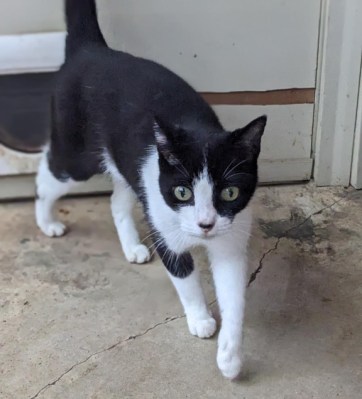Subway cars have a tough life. Moving people through a city efficiently underground every day and night takes a toll on the hardware. To keep things running efficiently, NYC rebuilds its cars every six years.
The enormous job of refurbing a subway car back to factory spec happens in one of two yards, either in Brooklyn or Manhattan. The cars are pulled off their 16,000 lb trucks, and treated to an overhaul of their “doors, windows, signage, seats, floor tiles and HVAC.” The trucks are inspected and wheels can be reground to true at the six year mark; they get all new wheels every 12.
Once everything is repaired, the shiny and like-new components are inspected and reassembled to go back out on the line. While it’s no small job, the overhaul shops can process over 1,000 cars in a year to keep things running smoothly. Before the overhaul program was introduced in the 1980s, NYC subway cars typically experienced failures every 16,000 miles, but between the scheduled maintenance and other advances that number has soared to an average failure rate every 140,000 miles.
For a somewhat less official use of underground spaces, how about this Parisian secret society? If you really want to bring the subway home, how about making an old subway seat into a chair? If you need something more light-hearted, you should really checkout this 90s subway safety video from LA.



















